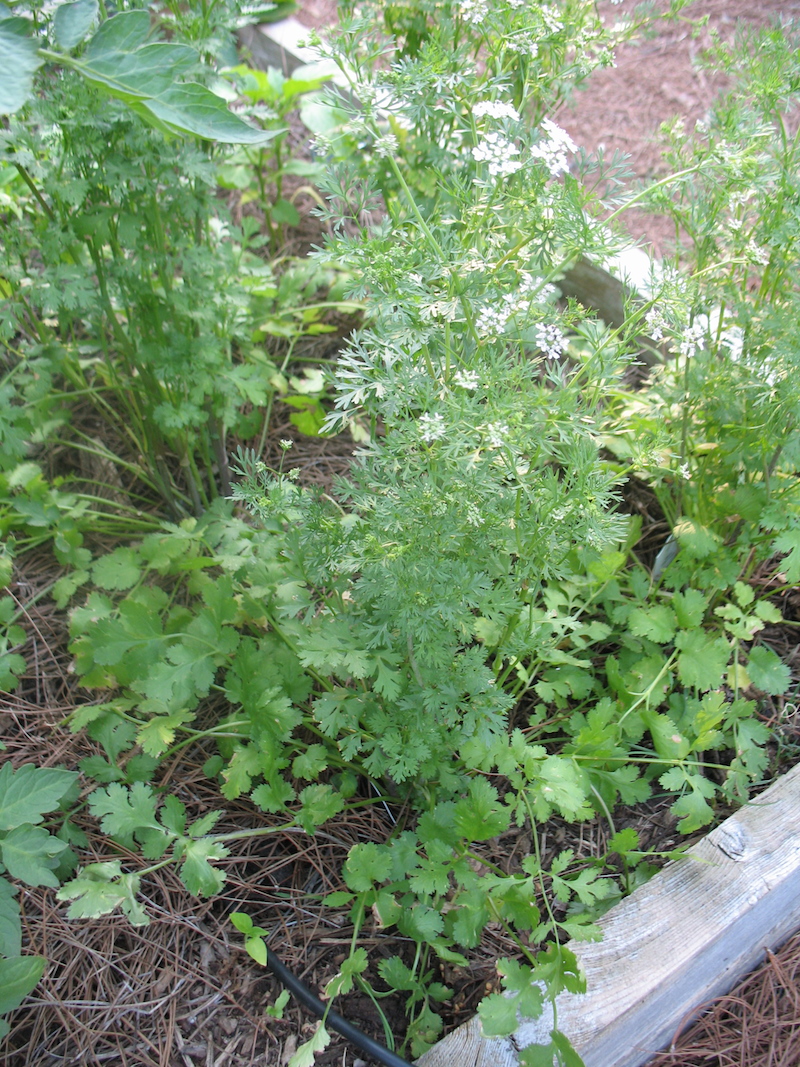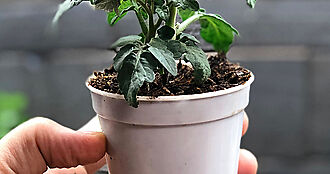Cilantro Coriander
Cilantro • Coriander, Coriandrum
Cilantro is a multi-purpose herb—its leaves and seeds each have distinct flavors and are common ingredients in South Asian, South American and many other types of cuisine. The leaves are called cilantro and are used in salads, salsas and soups; the seeds are called coriander and are used in pies, chutneys and marmalades.

Growing
These plants prefer full sun but tolerate partial shade. The soil should be fertile, light and well drained. They are low maintenance.
Cilantro is grown as a cool-season herb in Texas because it does not tolerate our summer heat. Begin planting in early fall and again in late winter or early spring. By late spring, plants begin to go to seed. Harvest leaves fall through spring. Harvest seeds in late spring. Cilantro dies soon after it goes to seed with the return of warm weather.
Tips
Cilantro has pungent leaves with a flavor that you’ll either love or hate. Add a plant or two here and there throughout your borders and vegetable garden, both for visual appeal and to attract beneficial insects. It is excellent for containers.
Recommended
C. sativum forms a clump of lacy basal foliage above which large, loose clusters of tiny, white flowers are produced. The seeds ripen in late spring.
Features: form; foliage; white flowers; seeds
Height: 18–24"
Spread: 8–18"
Hardiness: frost-hardy, cool-season annual in Texas
Notes: Allow your plants to flower before pulling them from the garden. The delicate, cloud-like clusters of flowers attract pollinating insects, such as butterflies and bees, as well as an abundance of predatory insects that help keep pest insects at a minimum in your garden.



